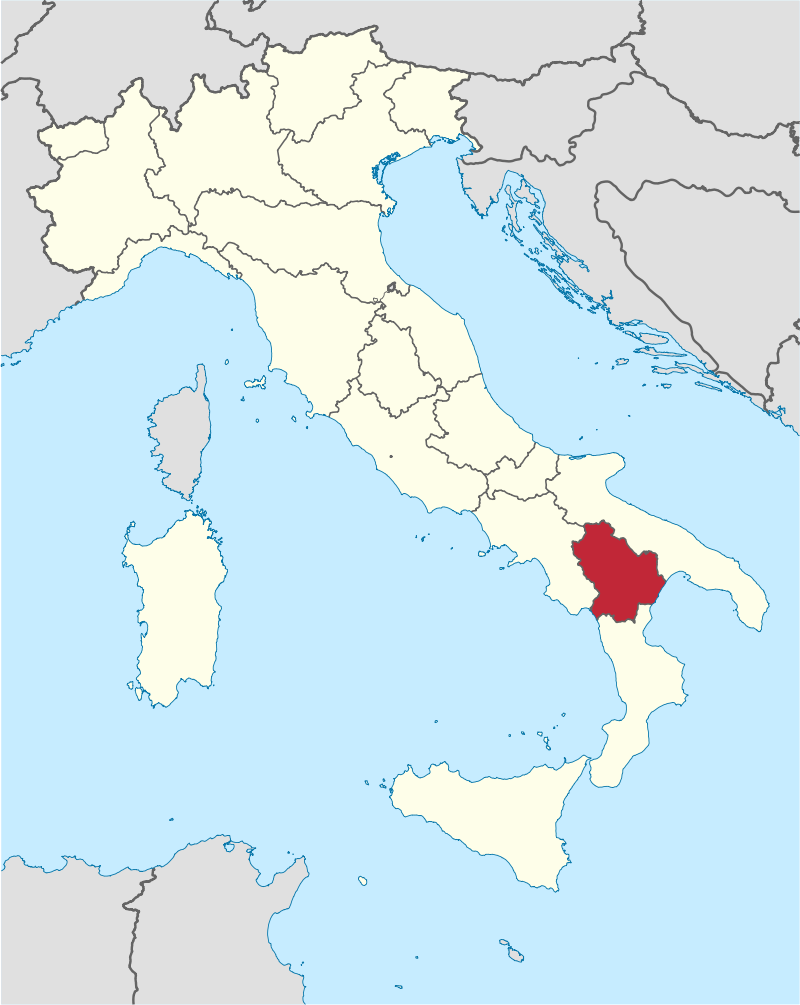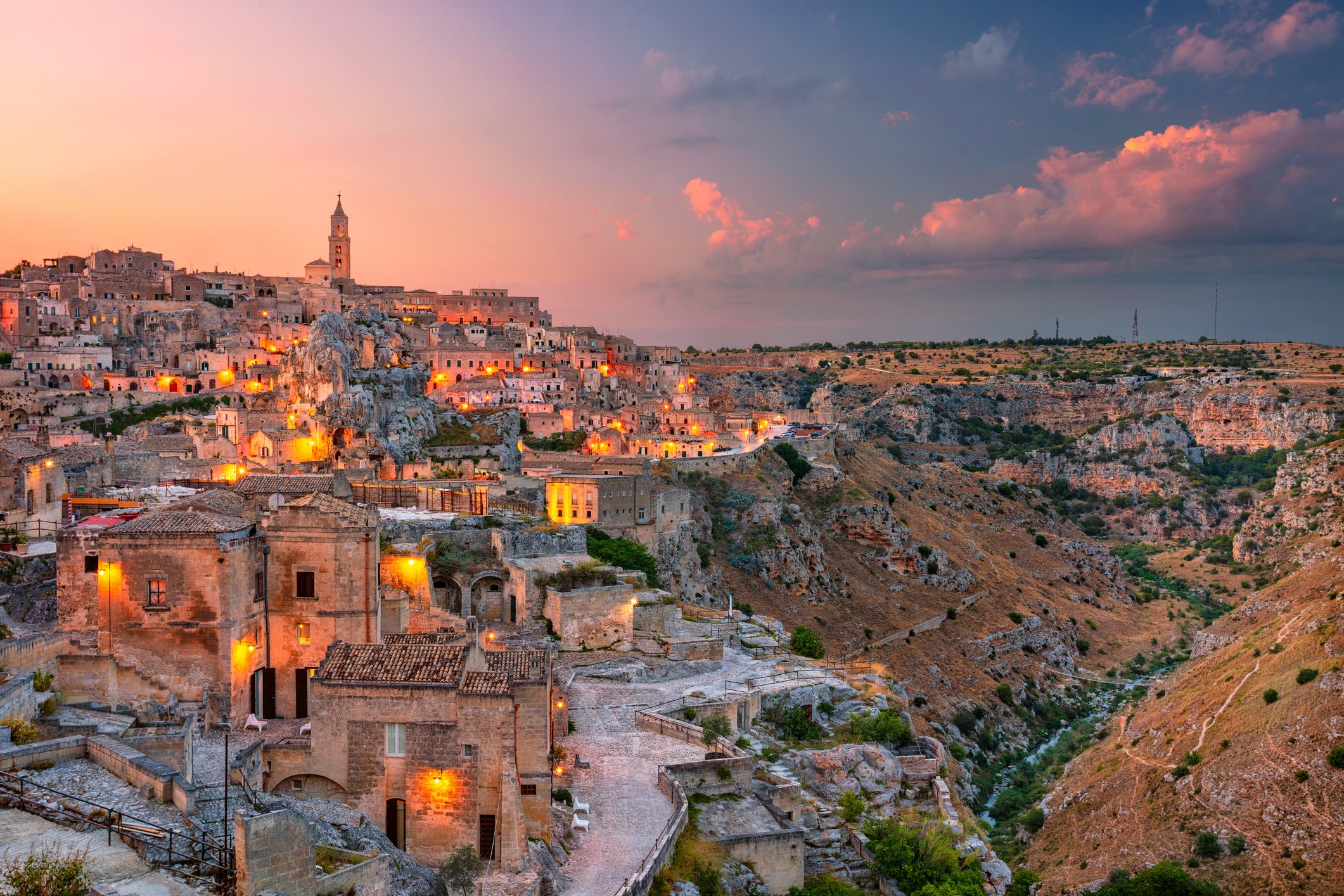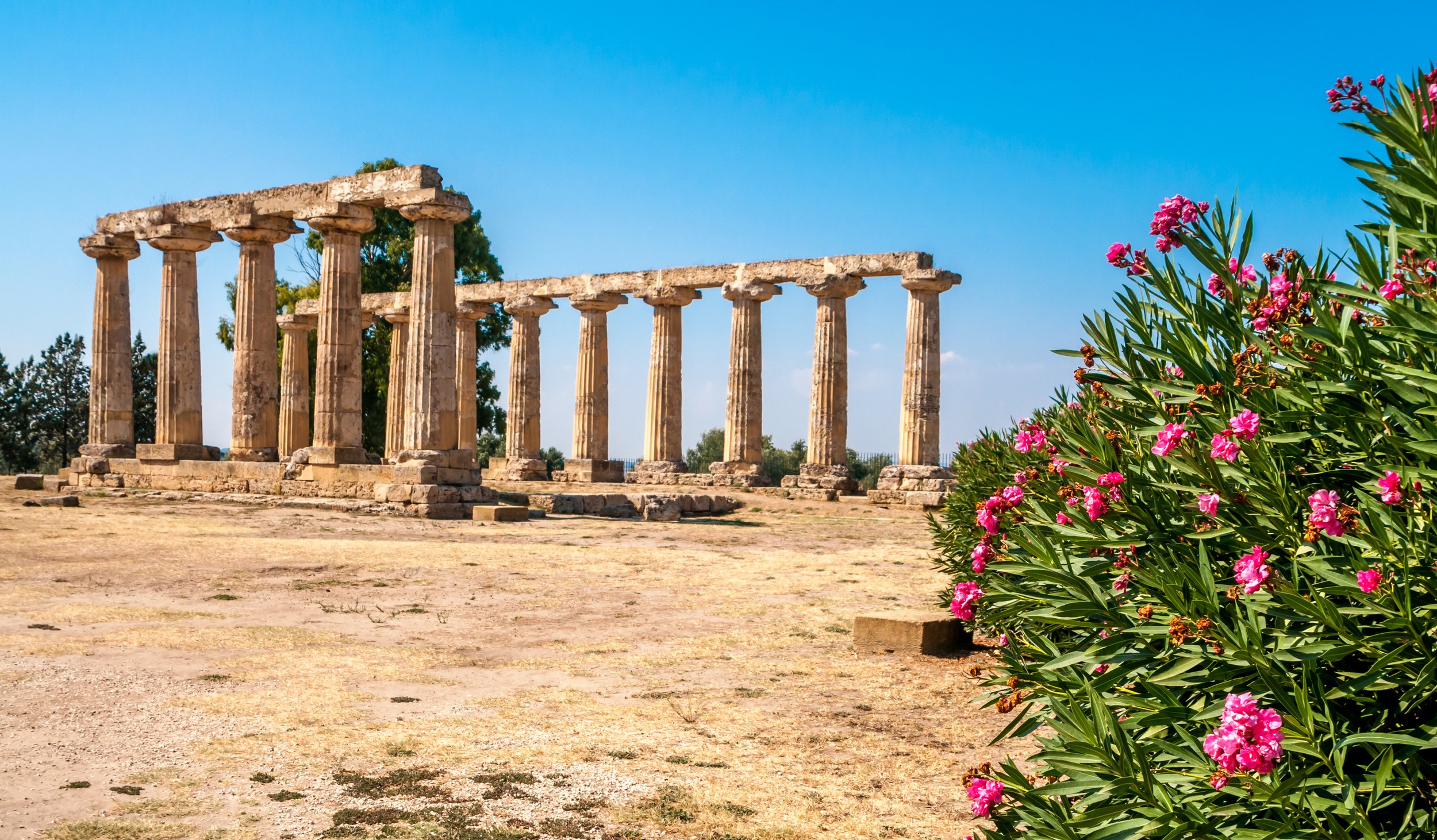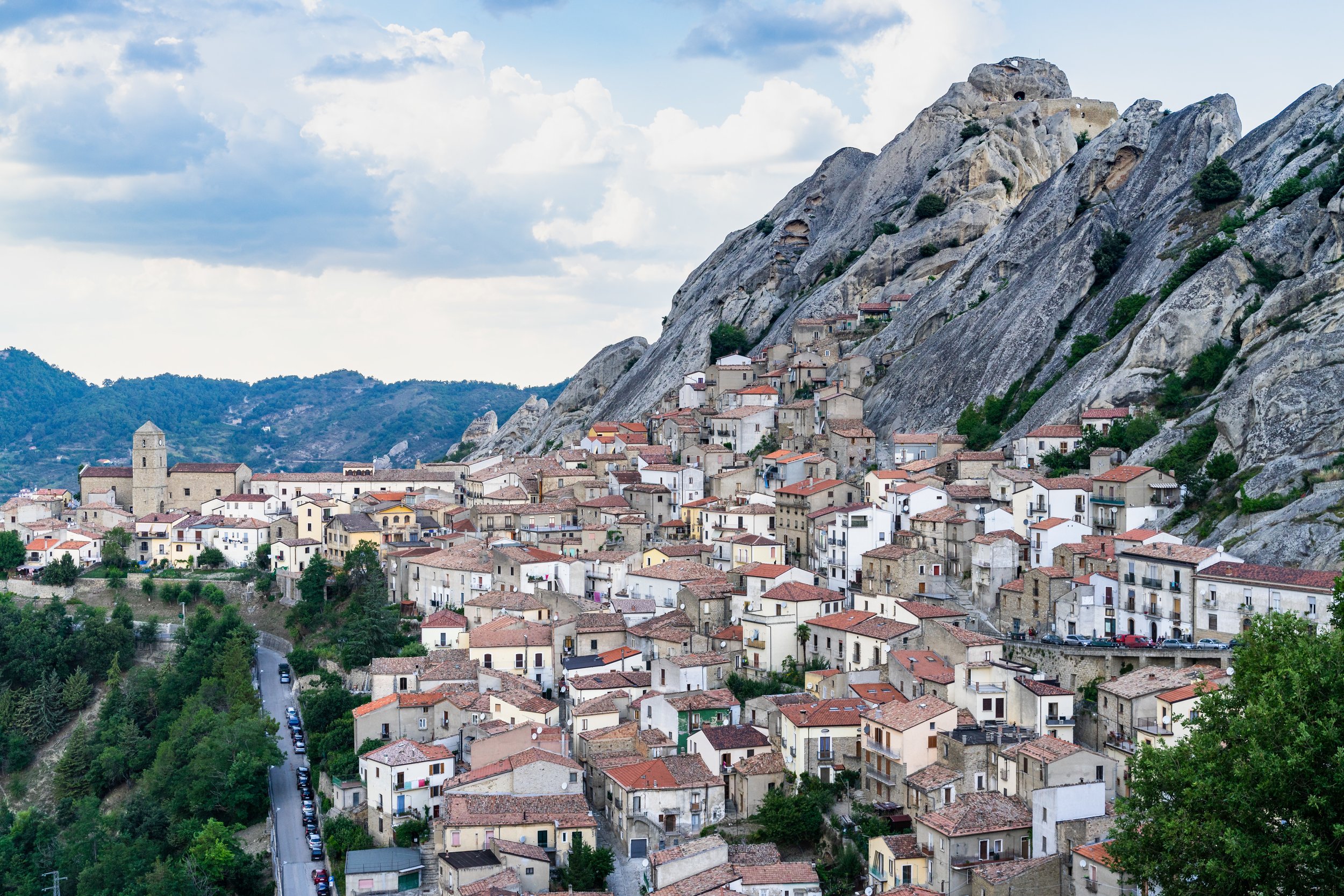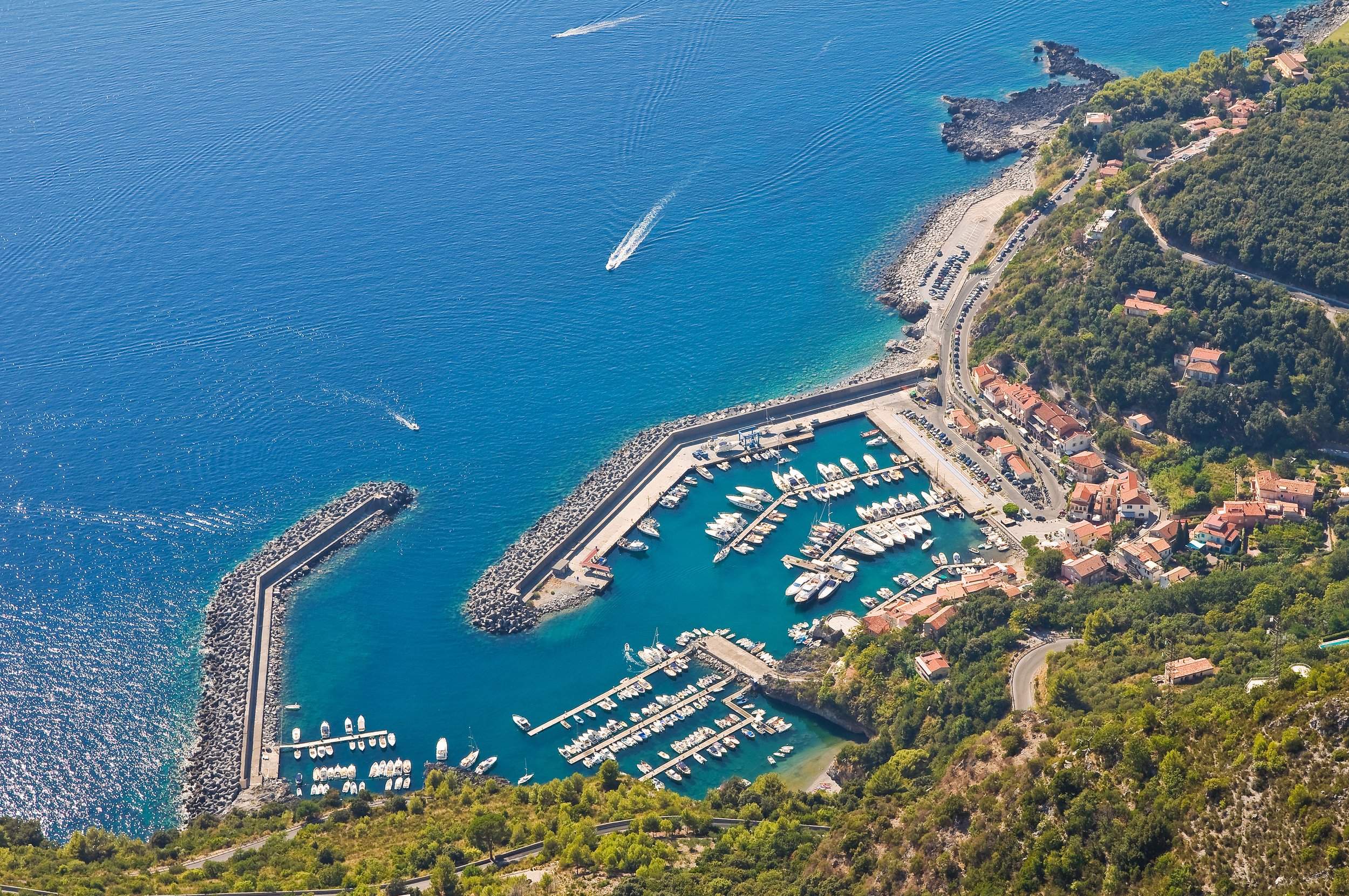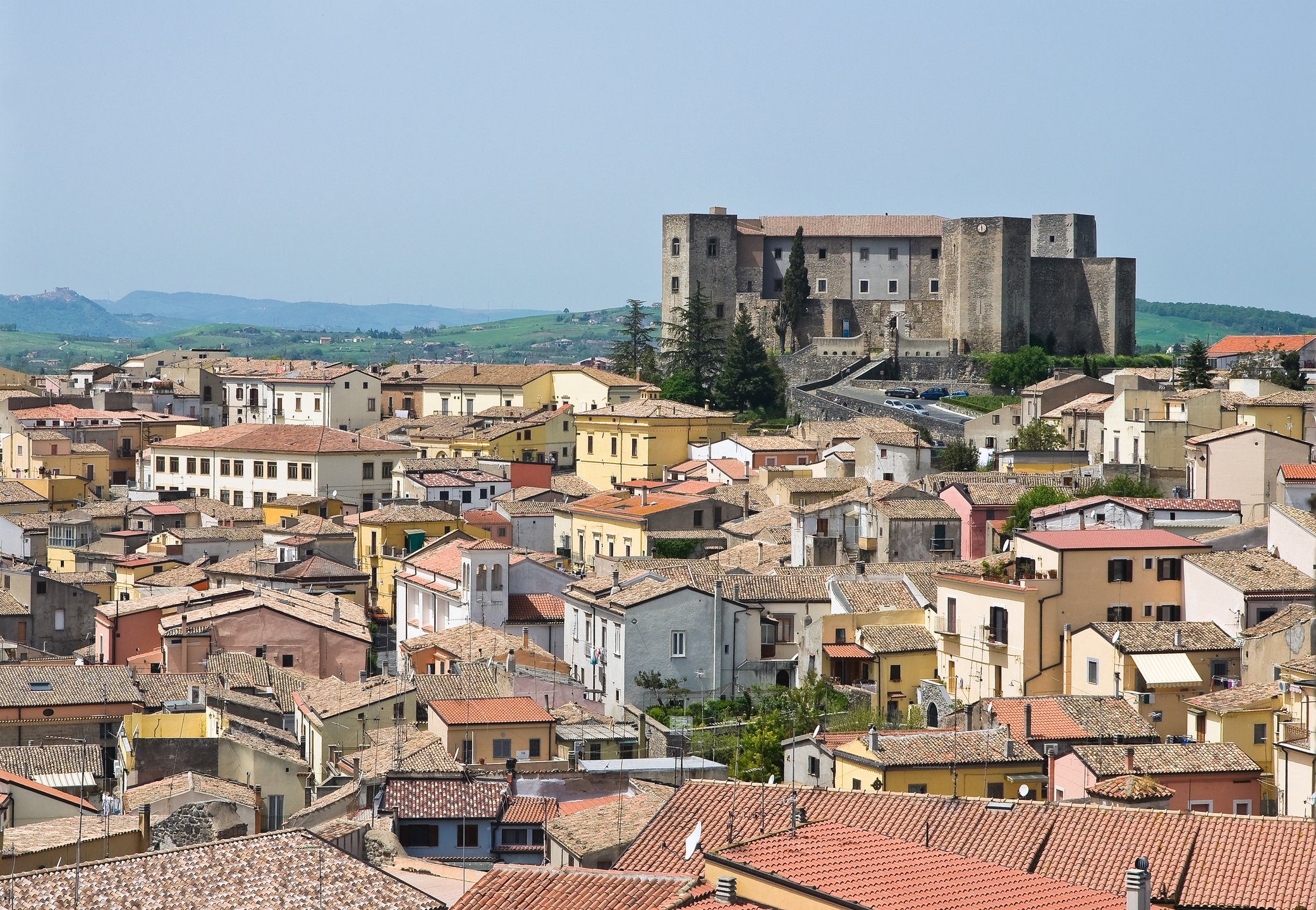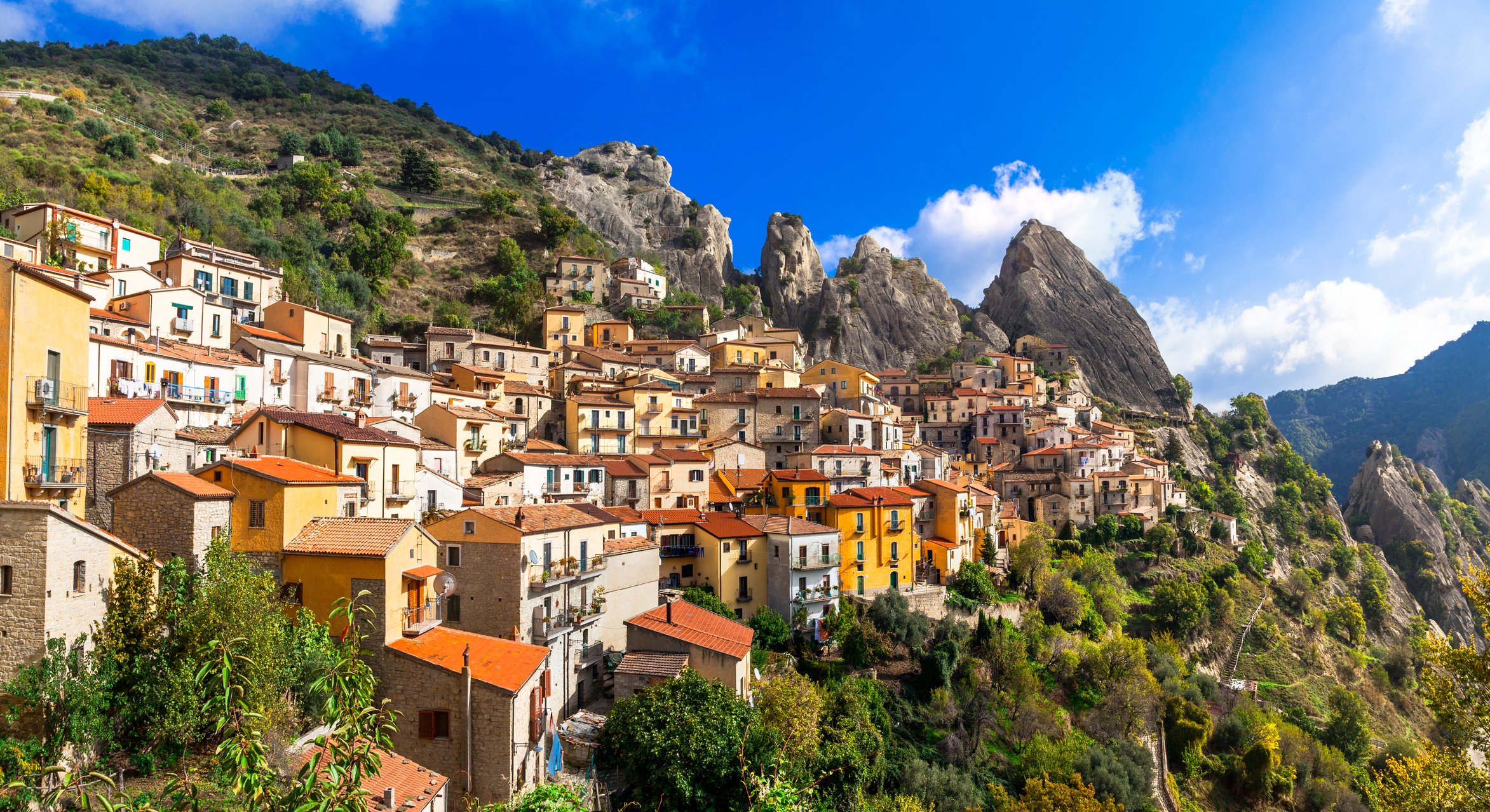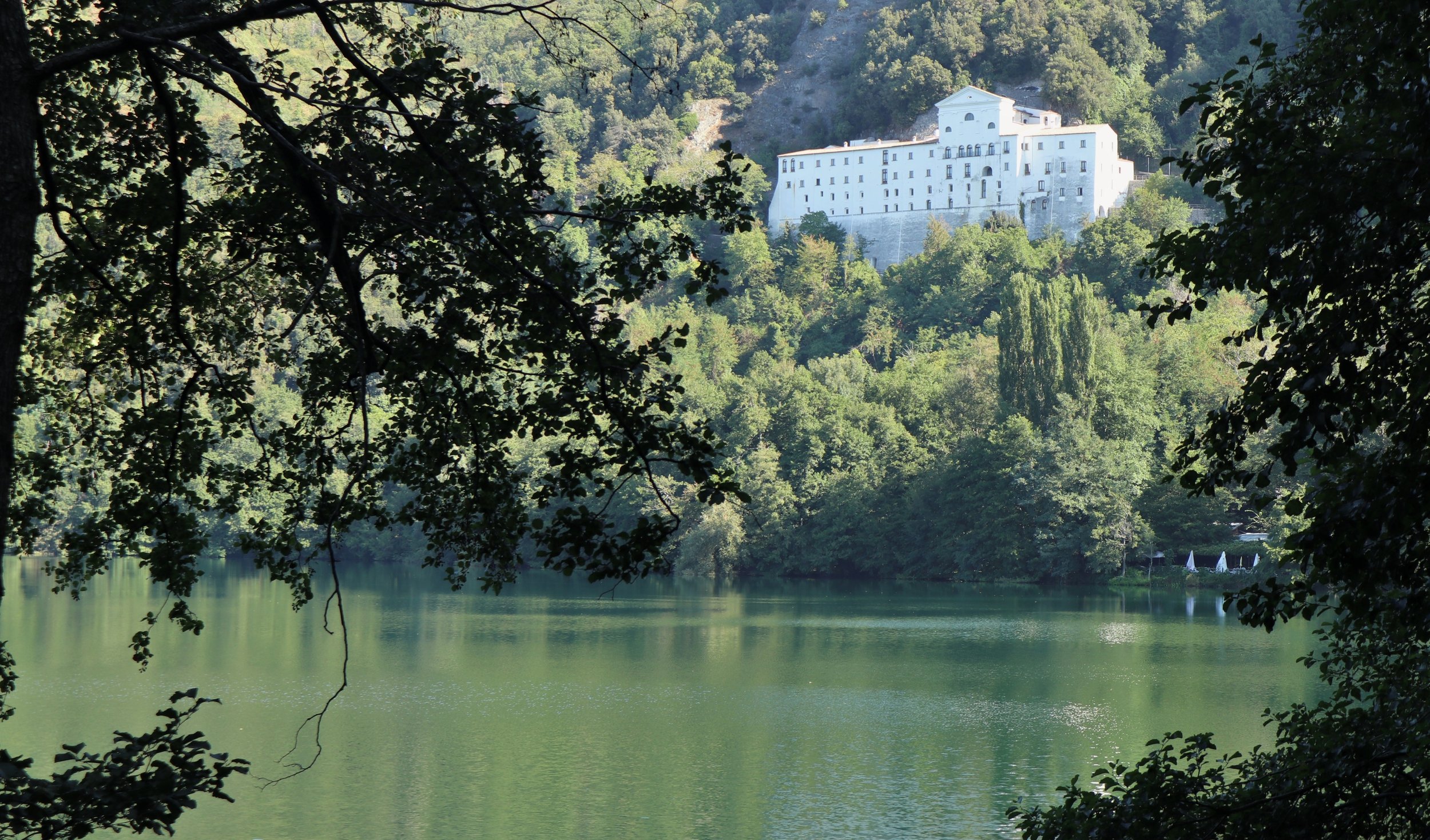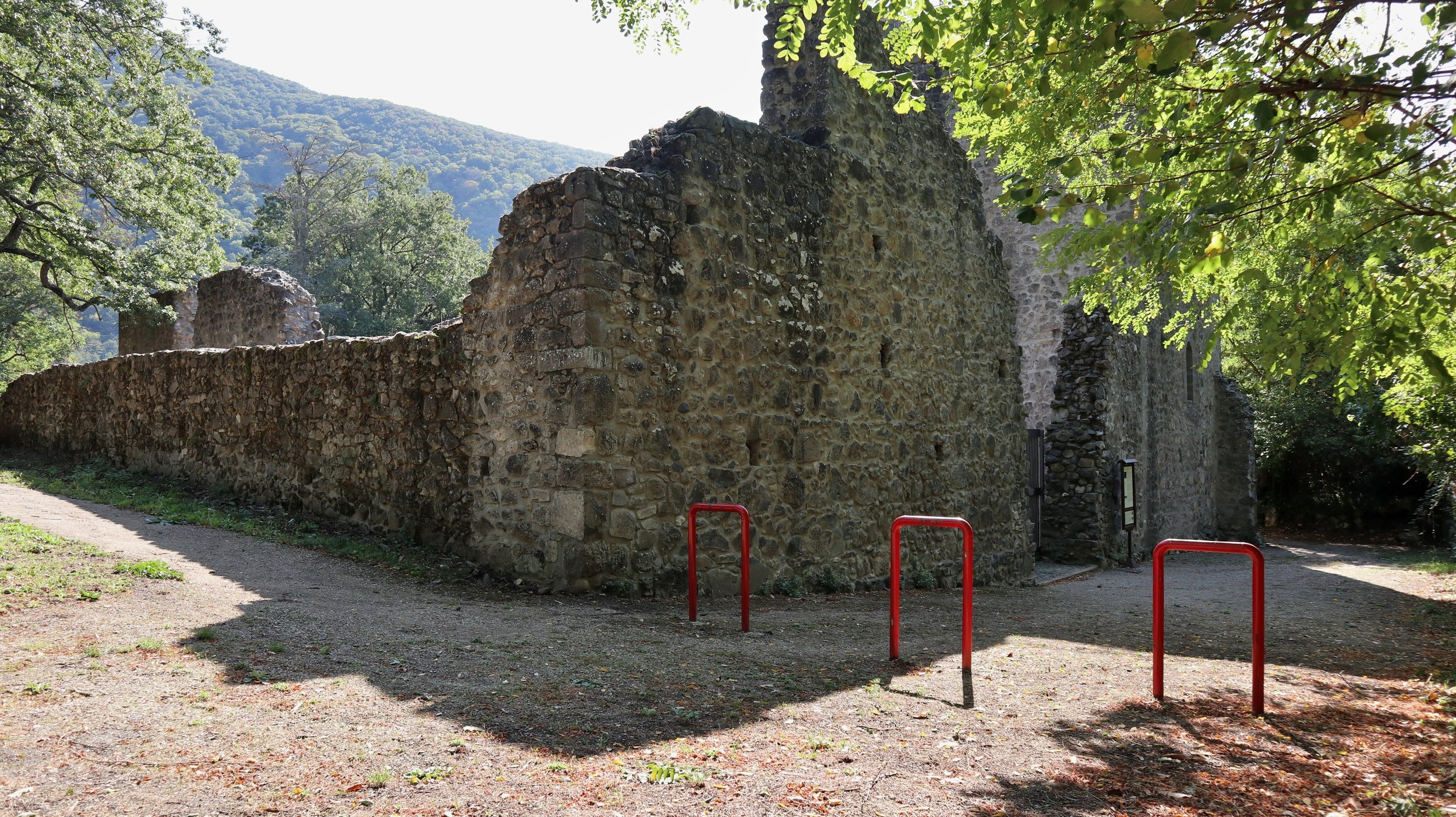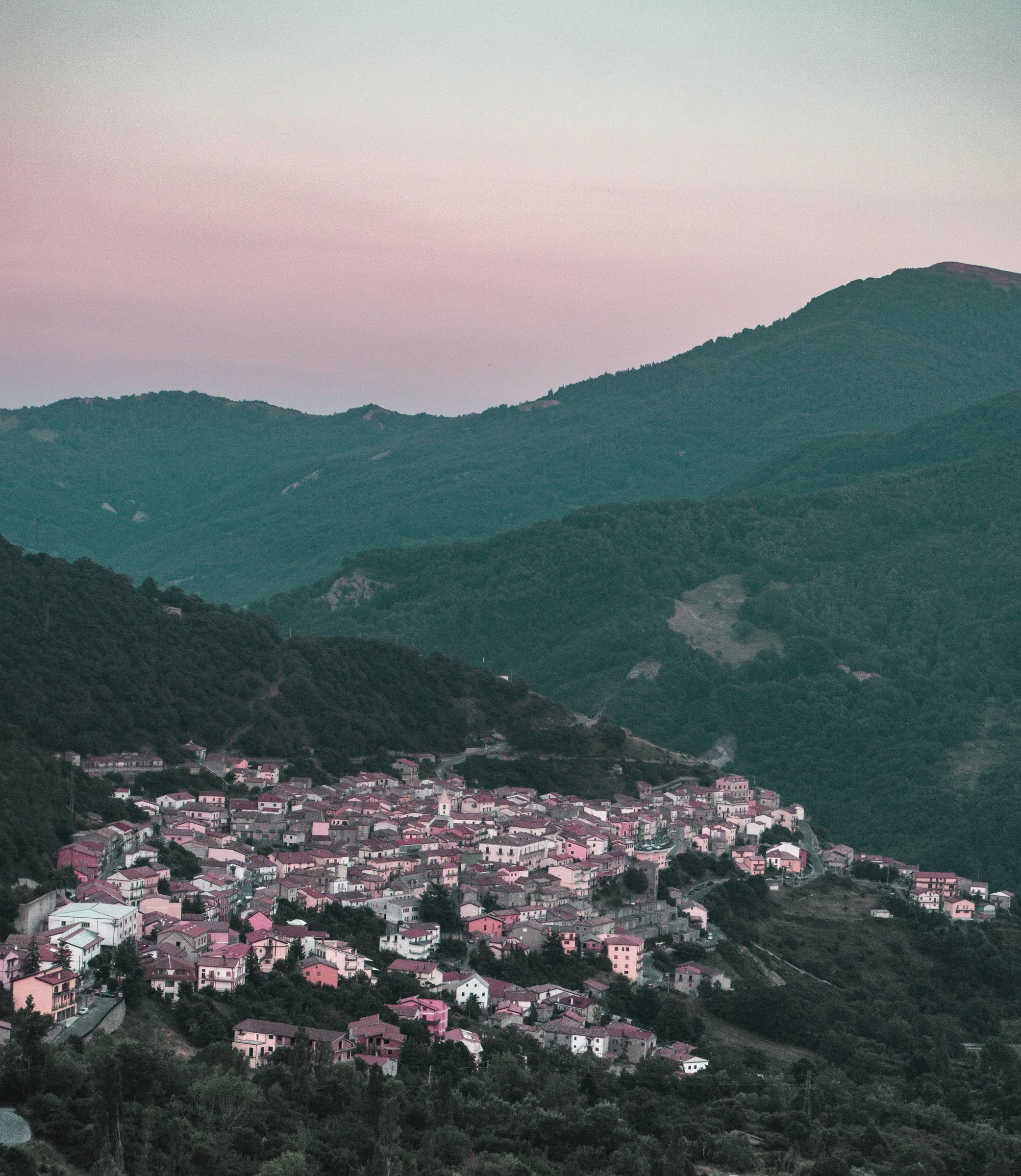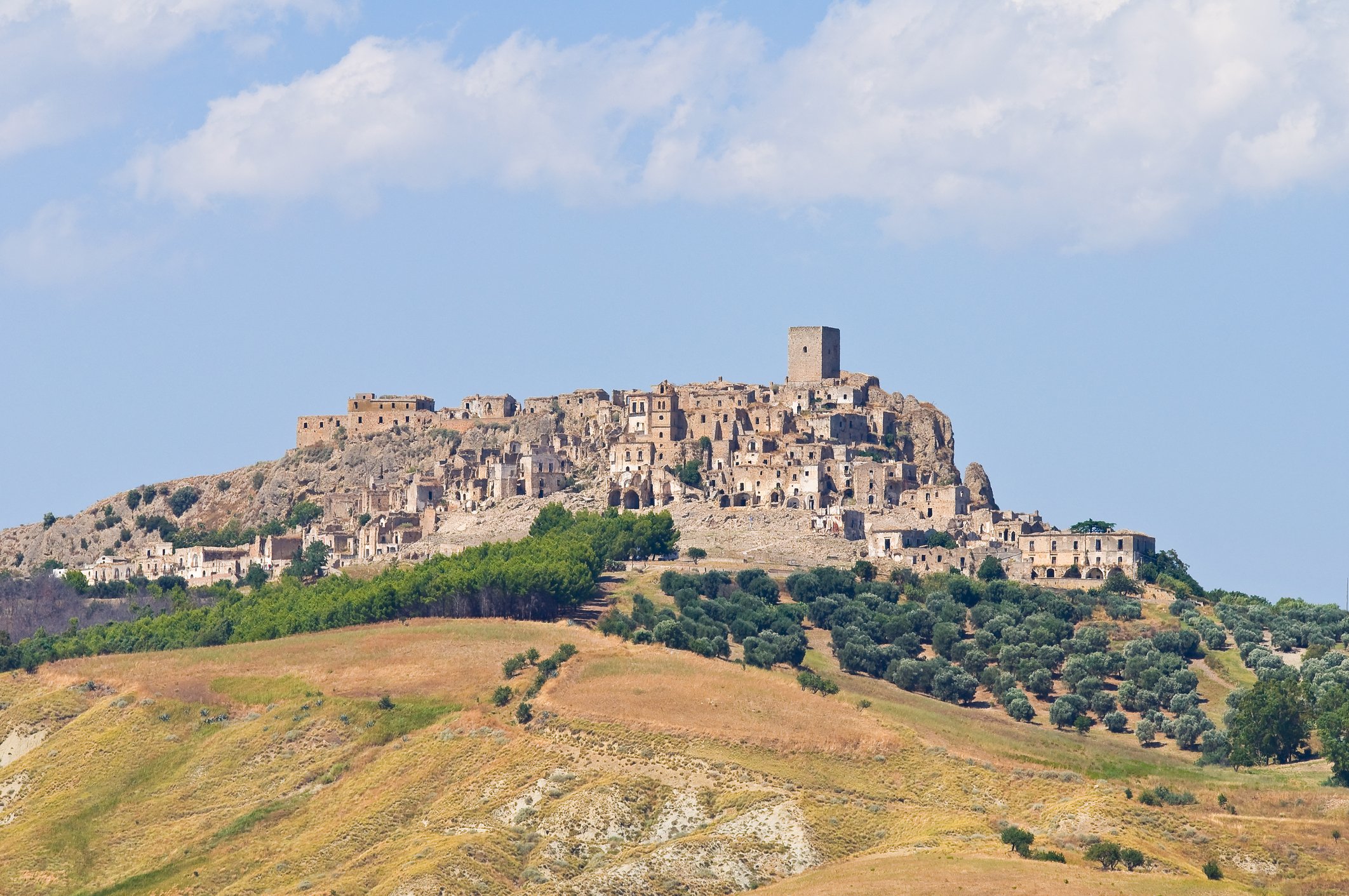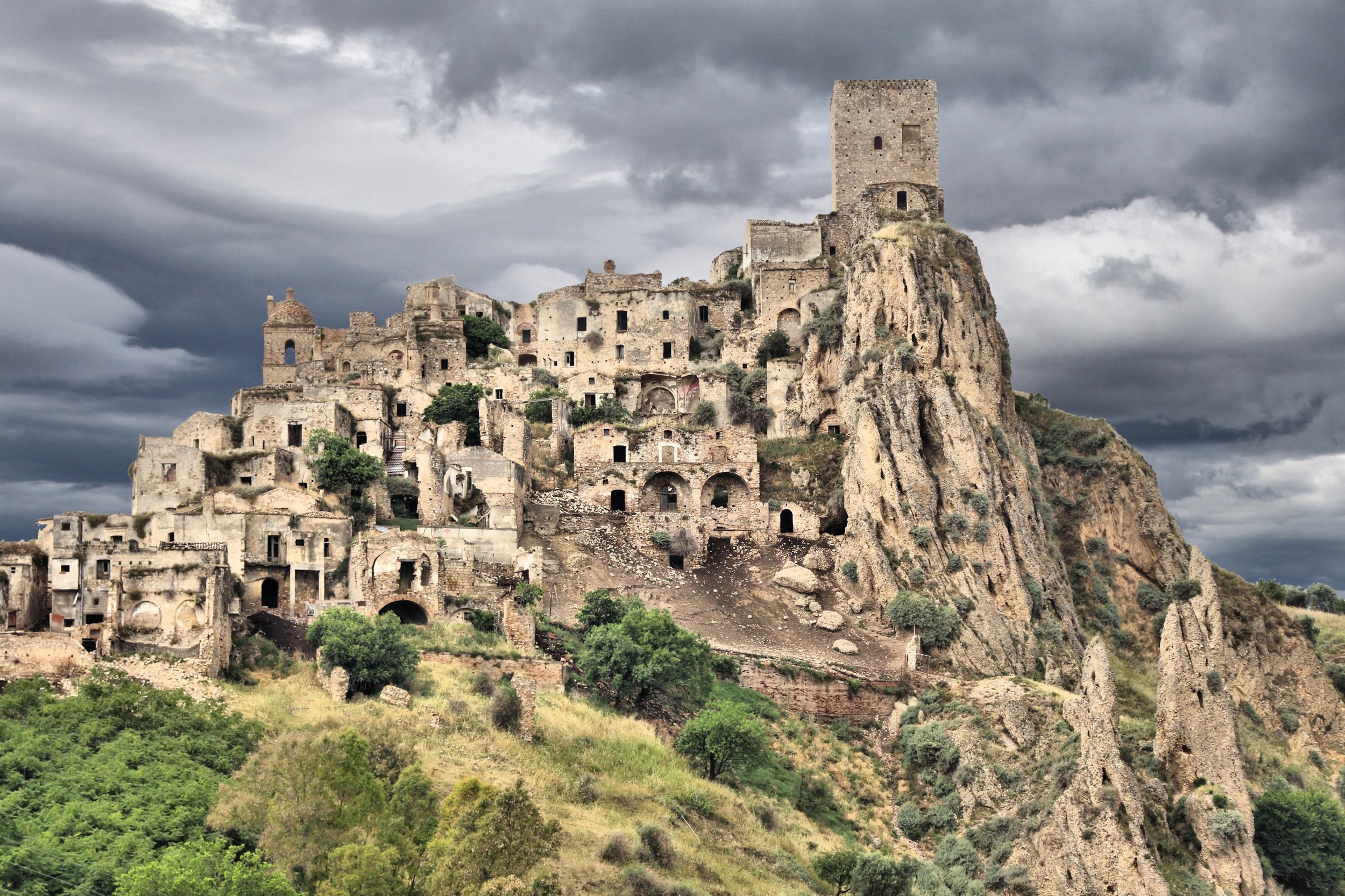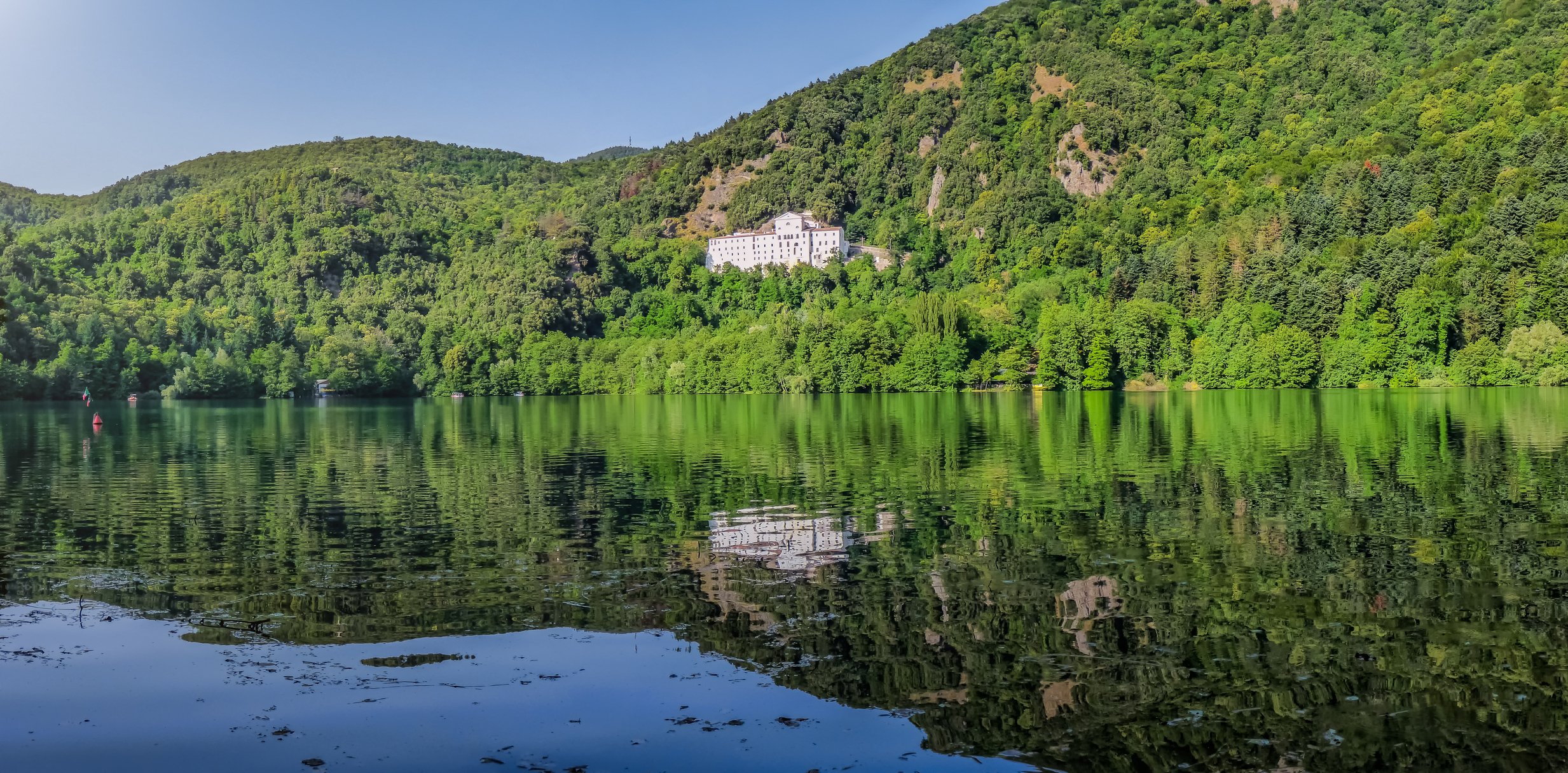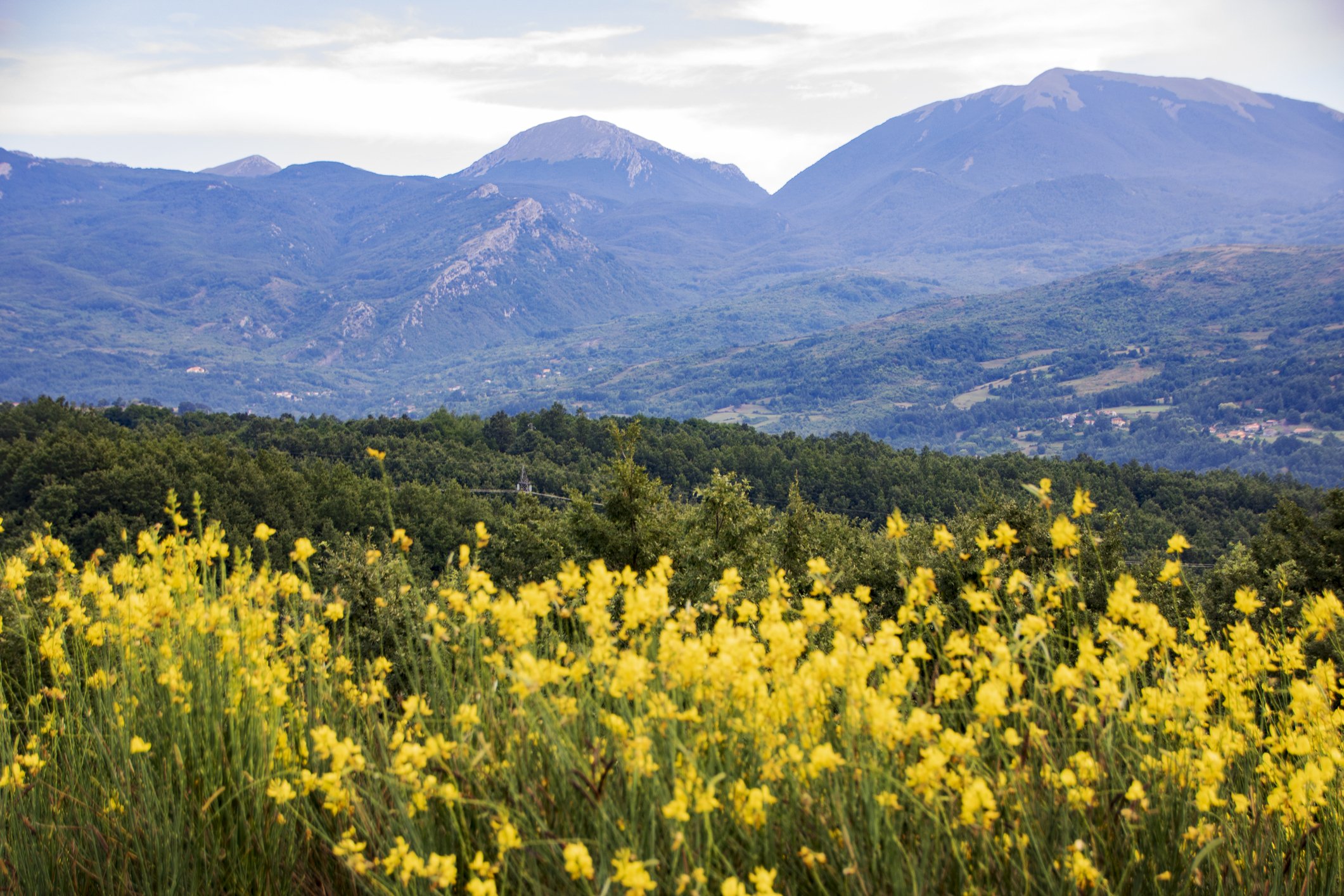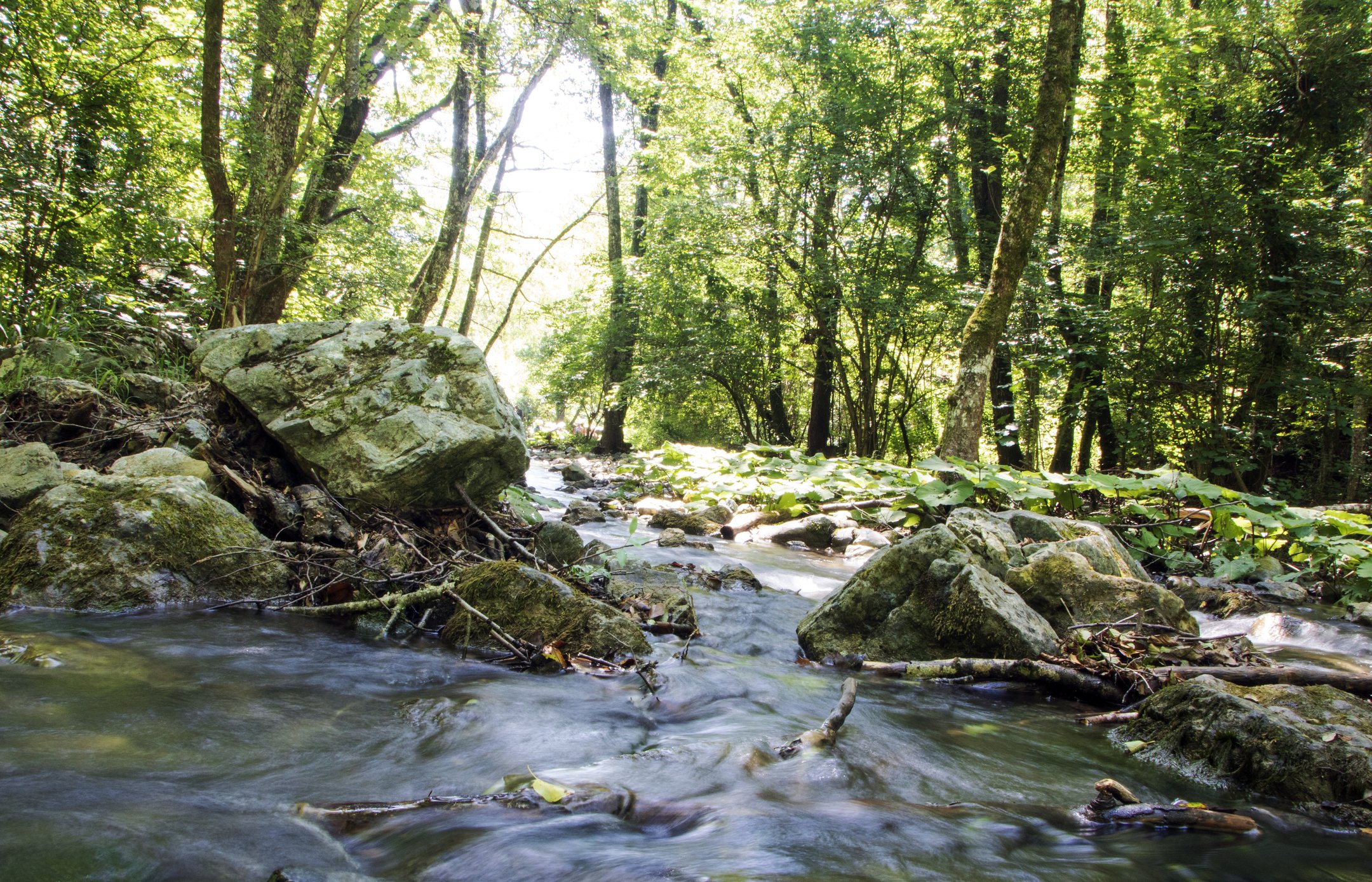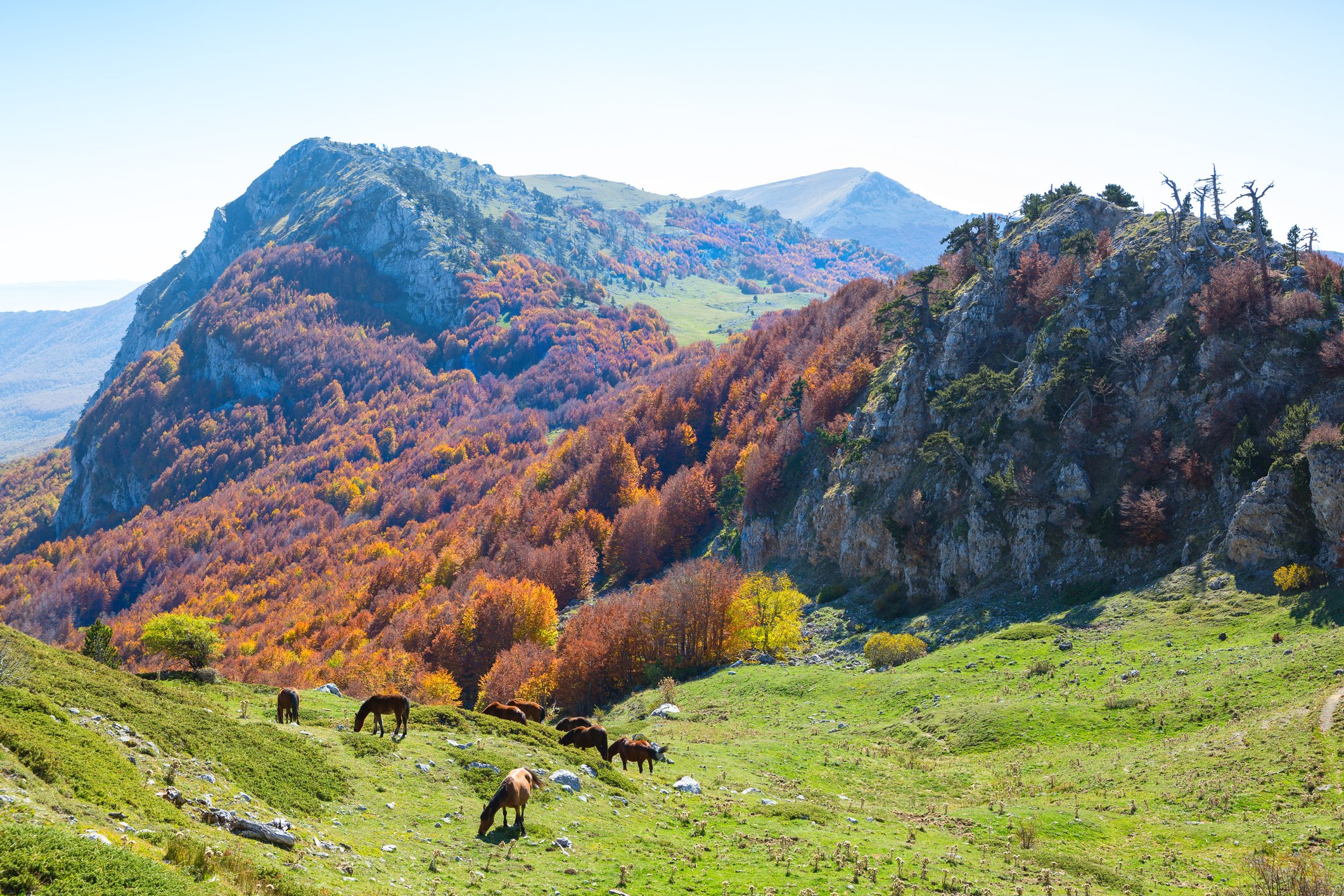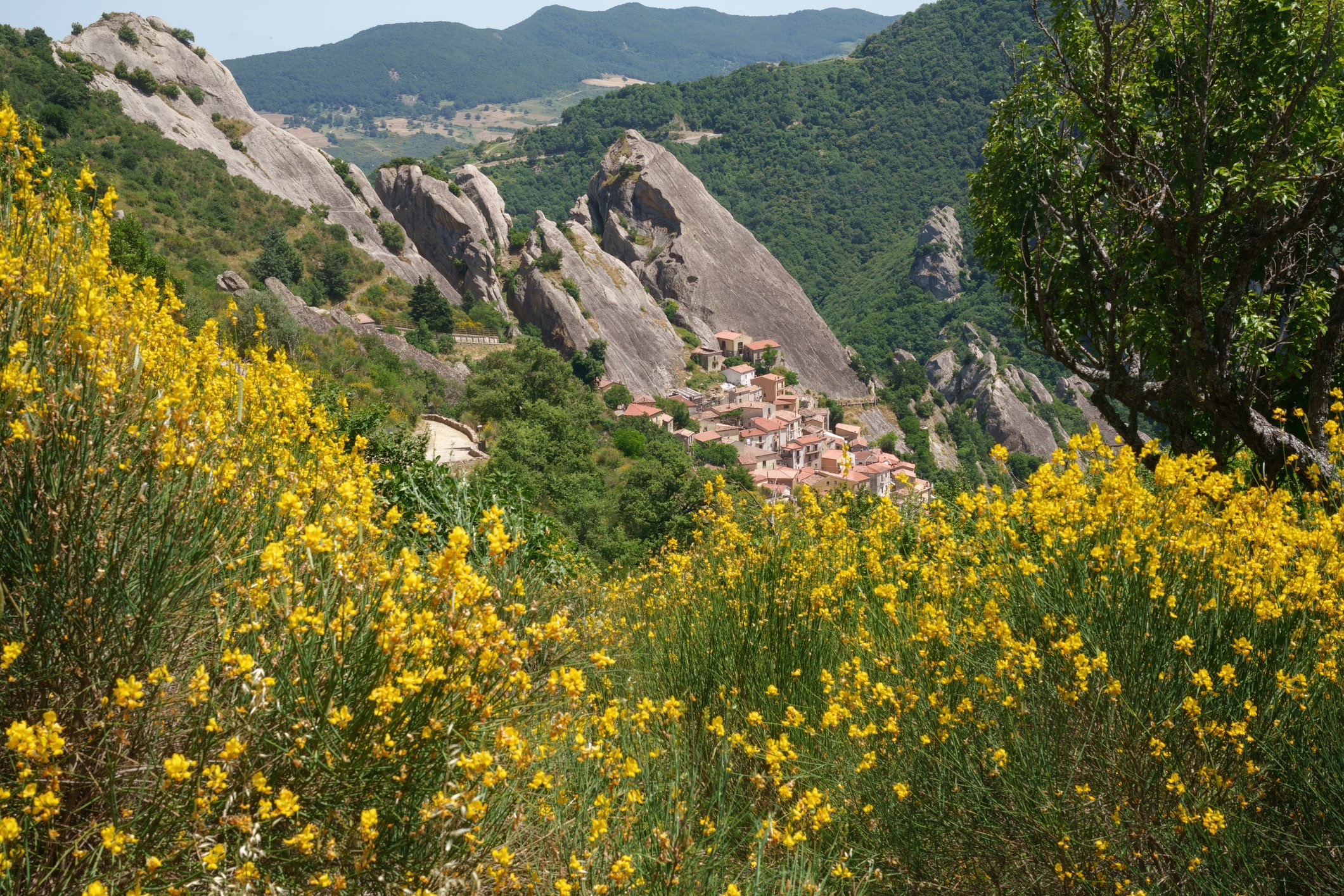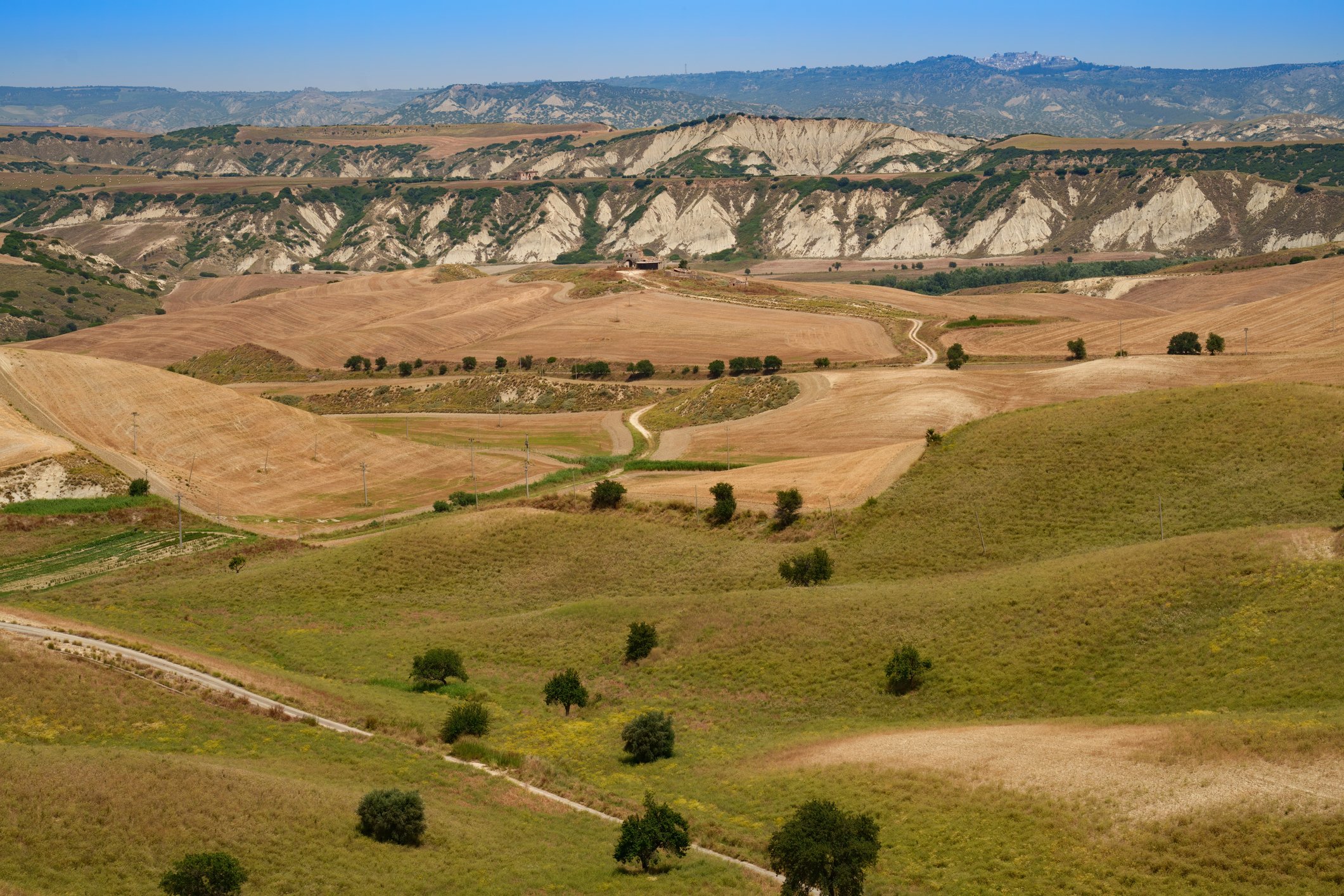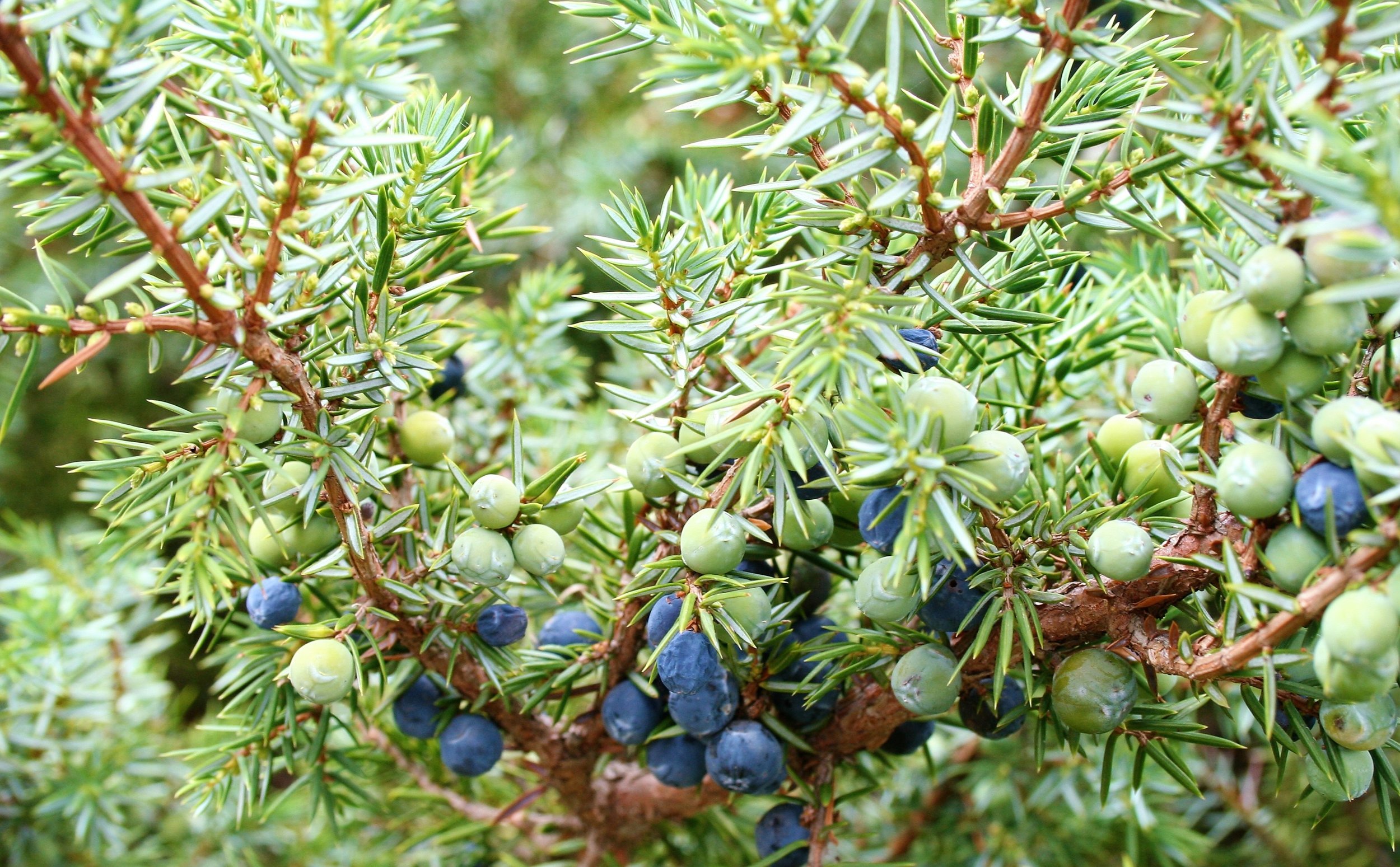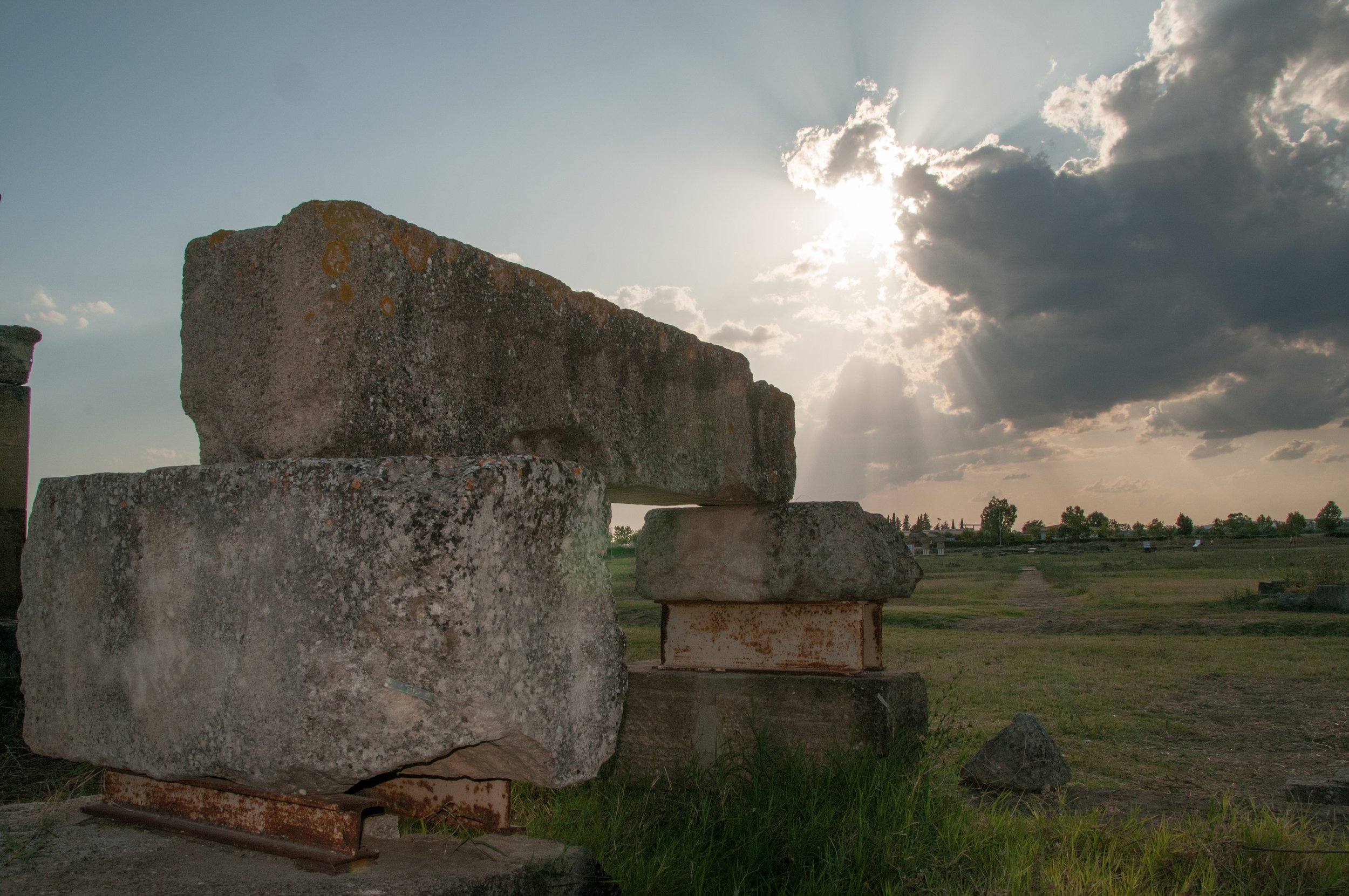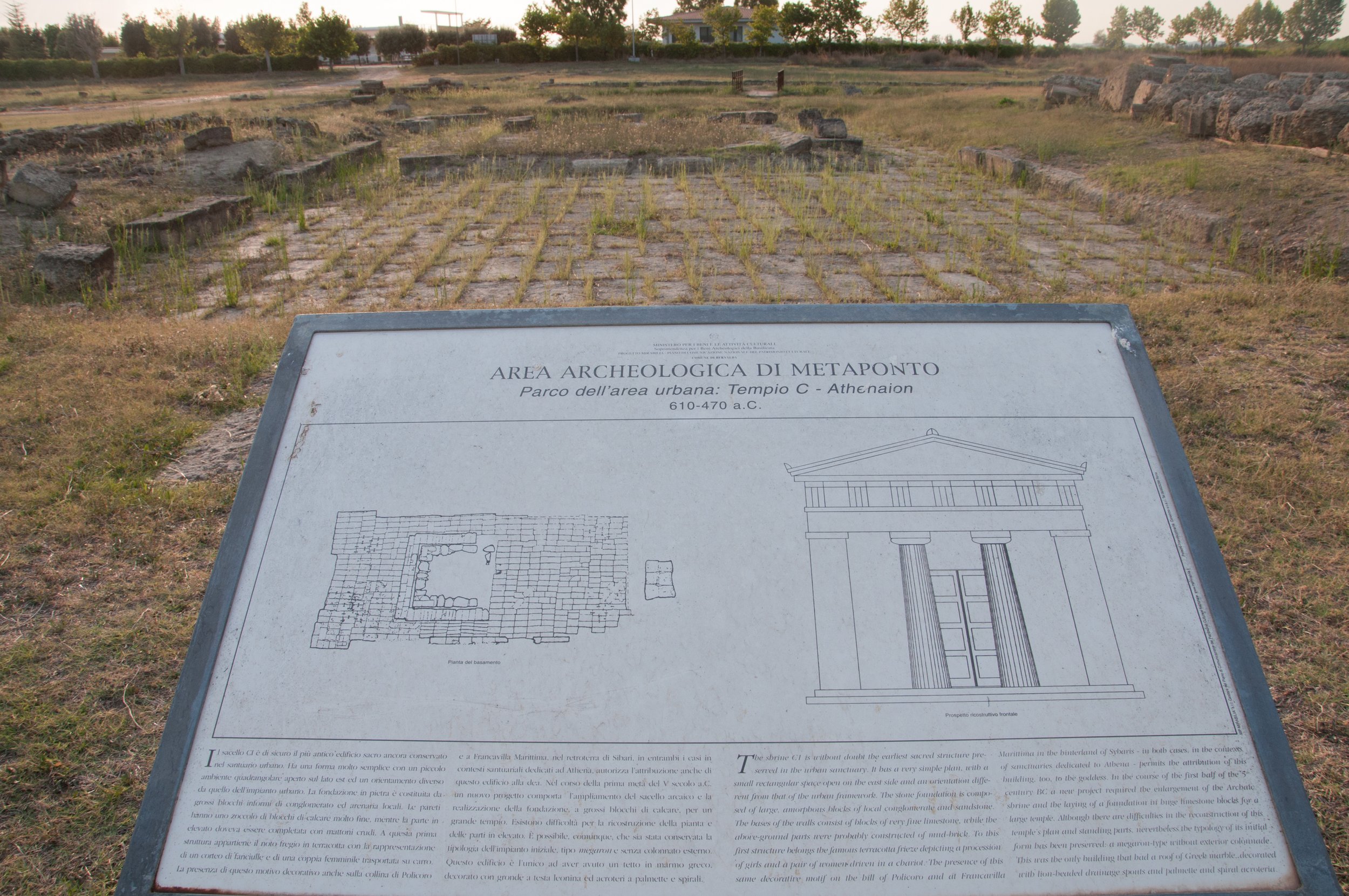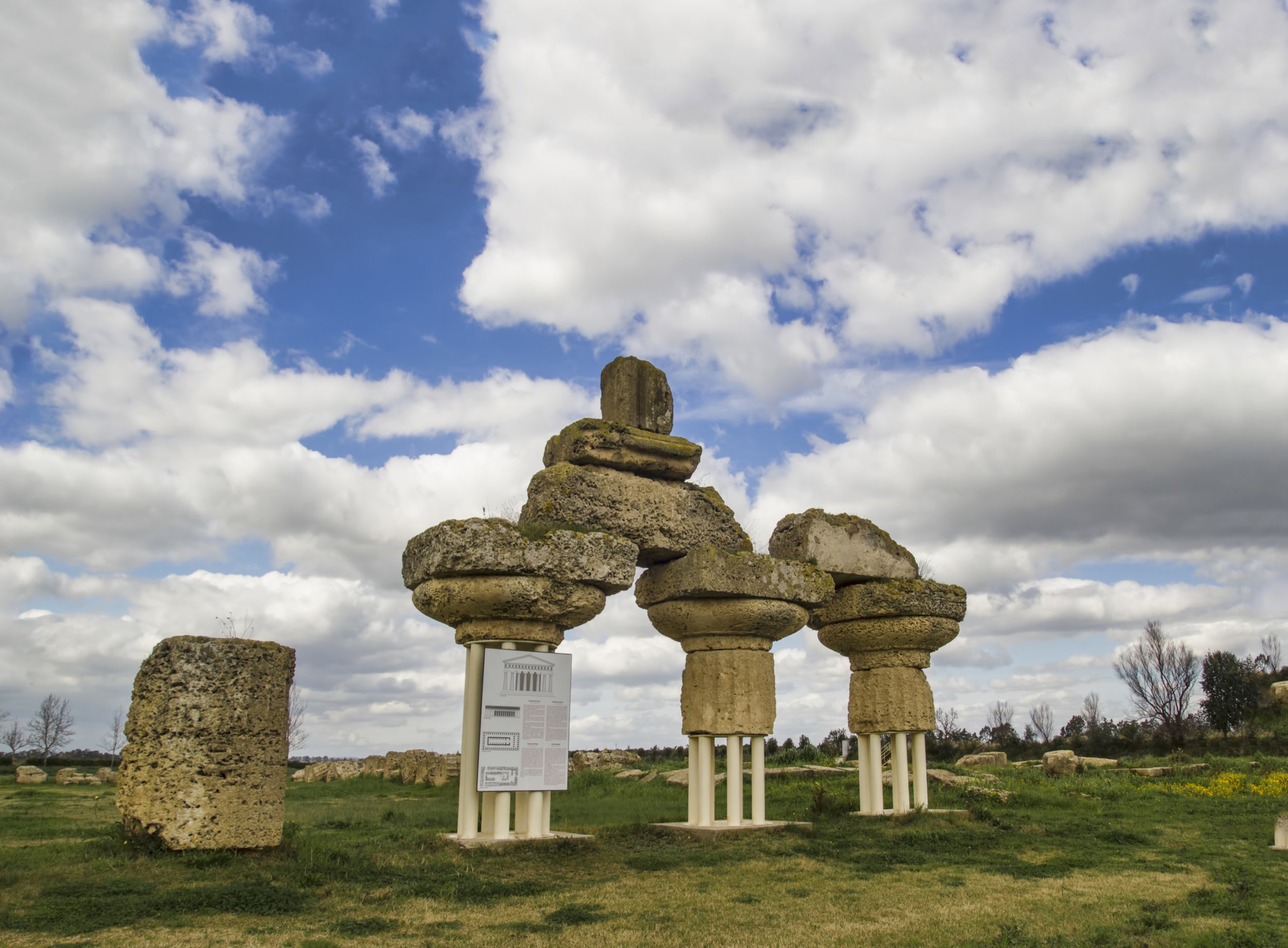Basilicata (More to come)
Basilicata’s history is rich and varied, spanning thousands of years. Like so much of Italy, many other cultures have left their imprint and DNA in Basilicata leaving behind a diverse heritage. It was settled by various Italic tribes in ancient times. The Greeks controlled it from the 5th century BCE until the Romans thundered in the 4th century BCE and ruled for 900 years until the Germanic tribes invaded in the 5th century AD. In the following centuries, the Byzantines, Lombards, and Saracens all controlled parts of the region at different times. The Byzantines, in particular, left a lasting cultural and architectural influence, evident in the region's churches and fortifications. In the 11th century, the Normans conquered much of southern Italy, including Basilicata. They established Apulia and Calabria, which included parts of Basilicata. The Normans built numerous castles and fortresses in the region, many of which still stand today. Basilicata became part of the Kingdom of Naples in the 13th century and remained under Neapolitan rule for several centuries. Basilicata, along with the rest of southern Italy, became part of the unified Kingdom of Italy in 1861. However, the region struggled with poverty, emigration, and underdevelopment, leading to significant waves of emigration to other parts of Italy and abroad, particularly to the United States. Efforts to modernize and develop the region were made in the 20th century, including investments in infrastructure and industry. However, Basilicata remains one of the least developed regions in Italy, with a primarily agricultural economy and ongoing issues of poverty and unemployment.
Today, the region is known for its scenic beauty, including the stunning landscapes of the Pollino and Dolomiti Lucane national parks and its rich cultural heritage.
Highlights of Basilicata
Matera
Policoro
The Extinct Volcano - Monte Vulture
Castelmezzano and Pietrapertosa
Pollino National Park
The ghost town of Craco
Matera
Matera, photo by Rudy1976
Matera is probably the most famous destination in Basilicata, renowned for its ancient cave dwellings known as Sassi. Some of the cave dwellings, carved out of limestone, date back thousands of years. They are believed to be some of the first human settlements in Italy and are now a UNESCO World Heritage Site. It is one of the oldest continuously inhabited settlements in the world.
Matera is home to numerous cave churches, many of which are adorned with frescoes and religious artwork dating back to the Byzantine era. Among the notable ones are the Church of San Pietro Caveoso and the Church of Santa Maria de Idris.
The Cathedral of Matera, dedicated to the Virgin Mary under the designation of Santa Maria della Bruna, is an impressive example of Apulian Romanesque architecture. Built between the 13th and 17th centuries, it features a striking facade and houses precious artworks. One of the most famous events in Matera is the Festa della Madonna della Bruna, held annually in July, which includes religious processions, fireworks, and other festivities.
Two museums are a treat, a glimpse into the past: The Museo Nazionale Ridola exhibits archaeological finds from the region, while the Casa Grotta di Vico Solitario provides a glimpse into the daily life of Matera's cave dwellers.
Natural beauty: Surrounding Matera is the stunning landscape of the Murgia Materana Park, characterized by rugged limestone formations, deep ravines, and scenic vistas. The park offers opportunities for hiking, exploring caves, and enjoying nature.


